|
Scrolling through our social media sites, it's amazing how many stories are shared about pesticides that are going to kill us all or that president-elect Donald Trump is going to pardon mass shooter Dylann Roof or that liberals hate science, but many of these easily shared stories are just not true (whether people want to believe them or not). In a world where one click of a share button helps pass along misinformation, it is crucial we learn how to weed out the fake news from the real news, how to analyze what we are reading, and how to teach our younger generations how to make informed decisions based on reliable sources.
While 2nd and 3rd graders may be too young to understand the nuances of reading for reliable information, they are never too young to start learning the basics in a safe, supportive learning environment. One day soon these sweet angels of ours will have Instagrams, Snap Chats, and whatever-new-social-medium-platform-is-cool-then of their own. ReadWriteThink has wonderful resources to teach about reliable sources and Common Sense is my favorite digtal citizenship platform for learning about staying safe online, but my ultimate favorite lesson about fake news has been from modifying ReadWriteThink's lesson on Save the Pacific Northwest Tree Octopus. I always get a chuckle from students that tree octopi are not real, but they really start to believe in them once they begin reading through the 'news' site and watch the YouTube videos. The best part of this lesson is that it is easily modified for different grade levels and making connections to current news. When teaching 8th graders last year, it was easy to translate the YouTube videos from the Northwest Tree Octopus to analyzing videos of police shootings in our media. There is always another side to the story, making it so important to look for multiple sources (articles, videos, first-hand accounts, etc.) when discovering the truth about a topic. So to help us learn a little more about fake news and how to navigate the minefield of fake news websites, I have to put together a little infographic for us. Do you have a favorite website, lesson, or activity to help our students with fake news and reliable sources? (I found this fascinating article online about today's youth and navigating social media sources if you would like more information.) UPDATE: School Library Journal has just posted this article with some amazing resources!
0 Comments
To keep up our momentum from the Global Cardboard Challenge, we participated in International Dot Day. If you have never read The Dot by Peter Reynolds, you have been missing out. It is a beautiful story about a young girl named Vashti and her journey of self-acceptance and expression through art and creativity. The famous line, "Just make a mark and see where it takes you" has become a cultural phenonmon in certain circles for the encouragement in our potential it provides. Since its release, people all over the world have started celebrated International Dot Day to celebrate our creativity, courage, and collaboration. To start, I read the story to students, while thinking aloud throughout the story, highlighting certain events, scenes, vocabulary, and the artists use of colors to visually speak with the audience. Afterwards, we talked about how Vashti felt throughout the story and how she changed the more she tried new dot paintings. We discussed how important her teacher was in encouraging her and if they had anyone in their lives that encouraged them the same way. I then modeled for them the use of ABCYA's Paint Go to create our own dot paintings. Everyone was so excited about trying their own so we go to it! They loved showing off their own personalities through their dot paintings. Of course, I printed off their paintings for them to take home as well. It's not every day they get to physically take something home from technology class! Next year, I would really like to collaborate with some other classes through my connections I have made with media specialists around the world to build a lesson together...maybe show off their dot paintings through a Skype session or a Padlet of ideas on how we can make our mark on the world. It's always wonderful when we can connect with outside classrooms in order to make learning more social and expose our students to other views around the world. Here are some other ideas about incorporating Dot Day into your classroom:
The sky is the limit with your imagination! I would love to hear how you celebrate International Dot Day. In October, our technology classes celebrated the Global Cardboard Challenge. This may be a tad late, but I once heard it is never too late to share the wonderful things we do in our library! After all, we are always busy. What is the Global Cardboard Challenge?The Global Cardboard Challenge gives children an opportunity to collaborate, learn, and build the things they imagine through a simple process called Creative Play. The Challenge lets children explore their interests and passions; teaches critical thinking, resourcefulness, perseverance, teamwork and other 21st century skills; and brings communities together to foster and celebrate child creativity! Creative Play and the Design ProcessThe ability to dream, take risks, and create the things we imagine… these are the skills of entrepreneurs, innovators and change makers. Children are born with these exceptional talents, but research shows that over time they begin to lose them. According to a survey conducted by IBM of 1,500 CEOs from 60 countries and 33 industries identifies creativity as the “most crucial factor for future success.” Why creativity? The world is changing at a fantastic speed. The future requires people who can problem-solve, adapt and communicate in workplaces and environments that are increasingly complex. Creativity creates jobs, drives economic growth and provides answers to societal needs. And it also maximizes human potential. Research quoted in Newsweek says that children with high “creative self-efficacy” are better able to handle stress and are more “confident about their futures.” -- Imagination Foundation With the knowledge of how critical including learning experiences with opportunities for students to express their creativity is, how do we balance creative play with our curriculum? It was my attempt with our Global Cardboard Challenge to go beyond playing with our cardboard to make meaningful connections within our curricular standards. To make an authentic learning environment in which students could think more critically about the content they are learning in their classrooms-reading, writing, problem-solving, math, science, and social studies connections. ResultsI'm not going to pretend this was an easy project to accomplish with second and third graders, especially with students I only see once a week for fortyish minutes, but it was a wonderful experience to learn how to communicate, collaborate, think critically, and be creative with each other. We learned a lot about each other while having fun and learning! My only real complaint was the lack of time. Between scheduling, vacation days, hurricane days, and a million other reasons why specials time was adjusted we just did not have enough time to finish everyone's projects as we had to move on to other lessons. I was very proud of how well our students worked together, used their problem-solving skills to accomplish their goals and adapt to the needs of their projects, and willingness to share their learning with each other. We definitely need to include more time for students to have open-ended, creative projects for them to feel even more comfortable with stepping outside their comfort zones and taking risks. Lesson Resources |
Martha BongiornoAdvocating for Student Voice in Metro Atlanta & Beyond MIE Expert Since 2018
MIE Trainer Since 2018
Flipgrid Student Voice Ambassador since 2016
Archives
October 2023
Categories |

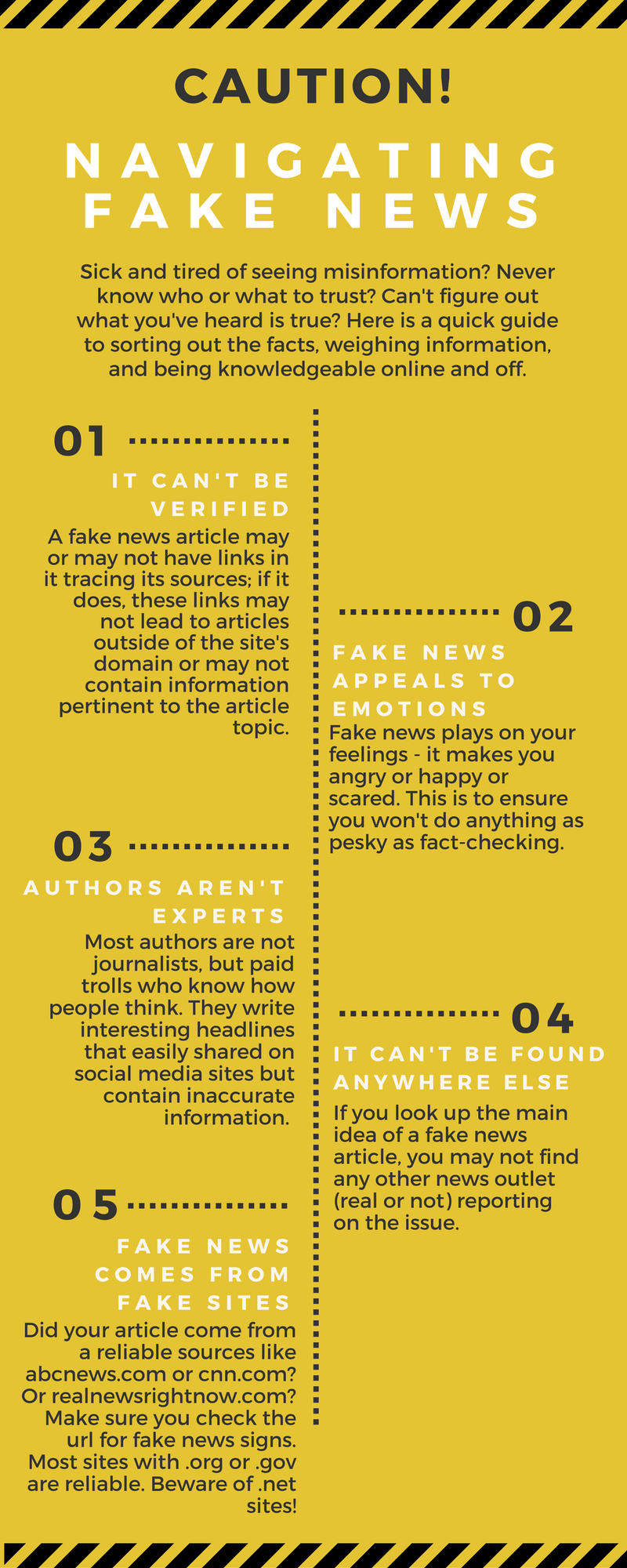
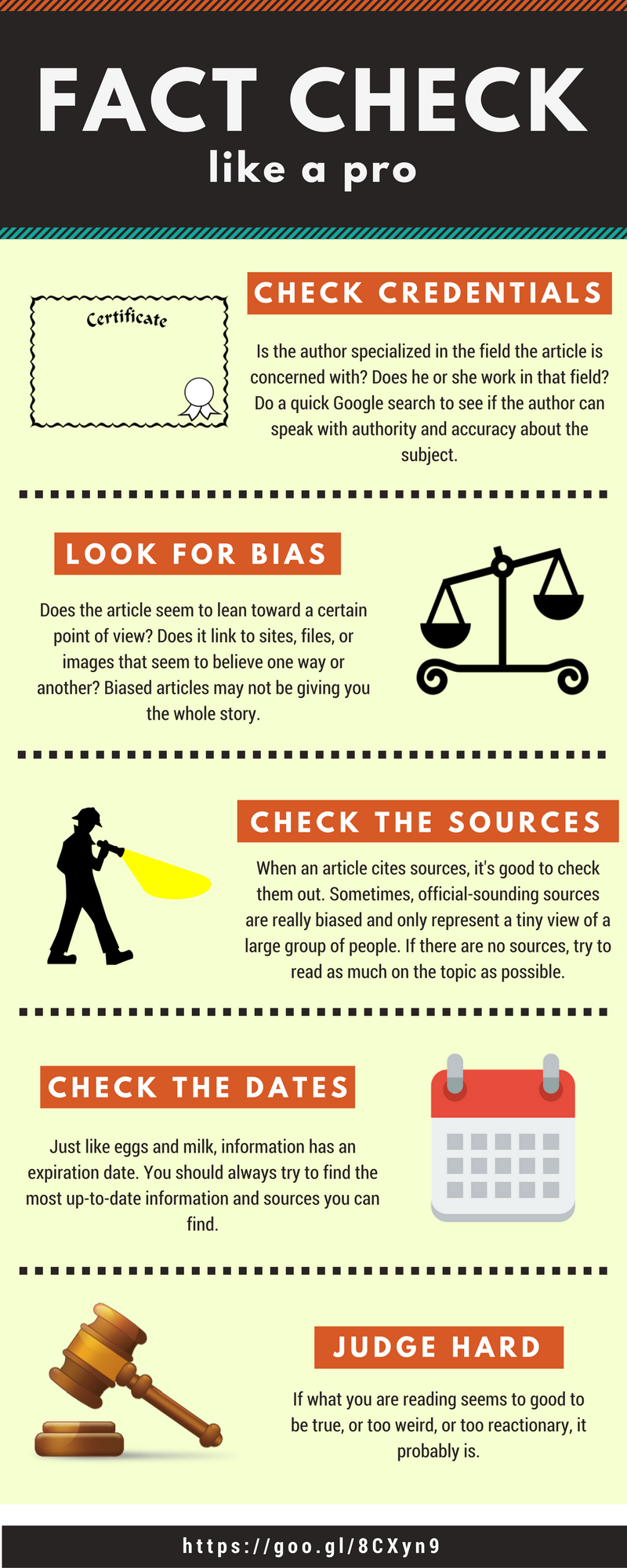
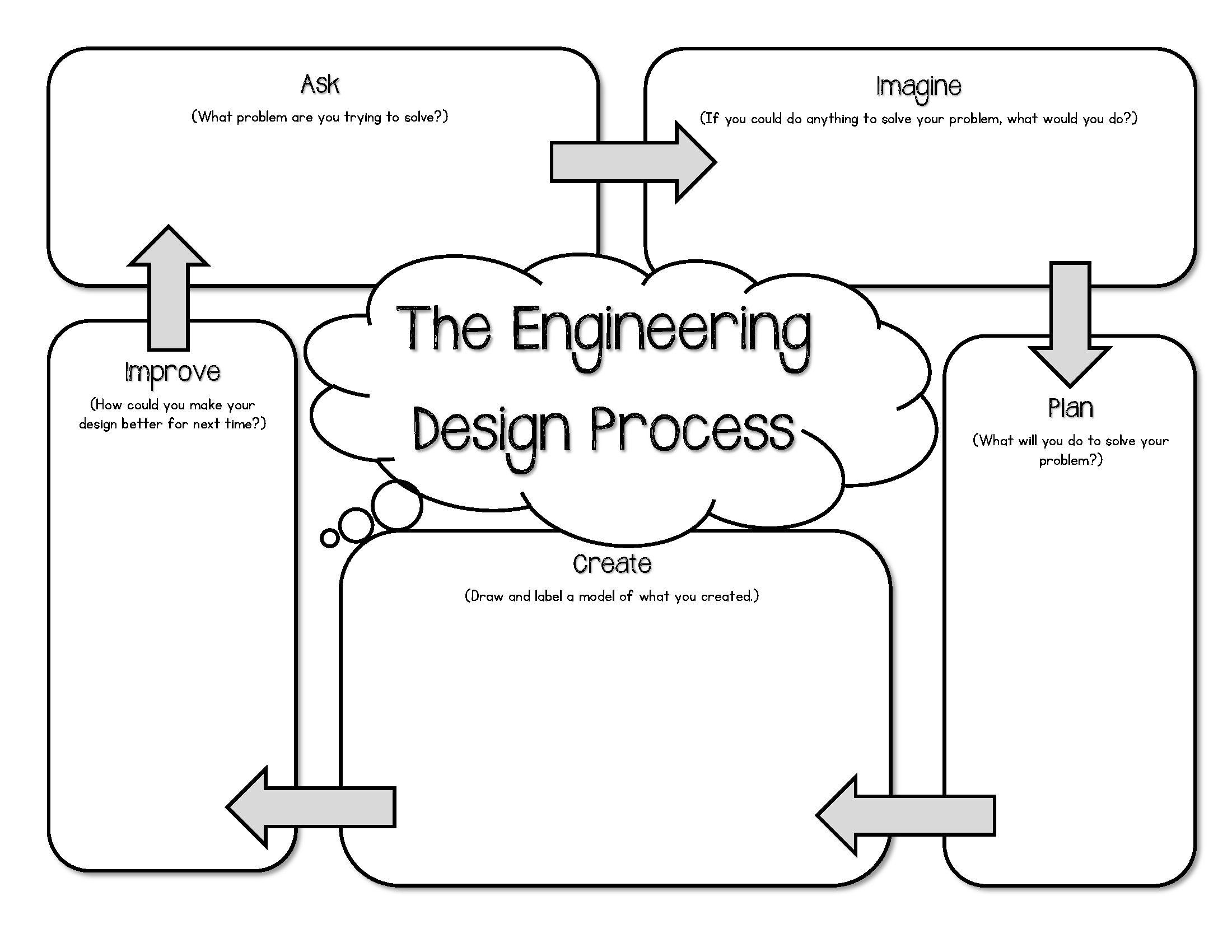
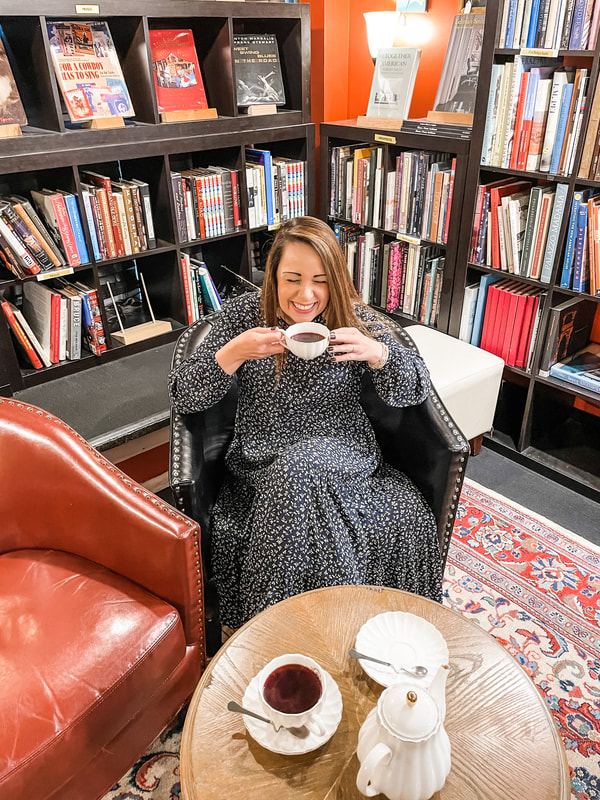
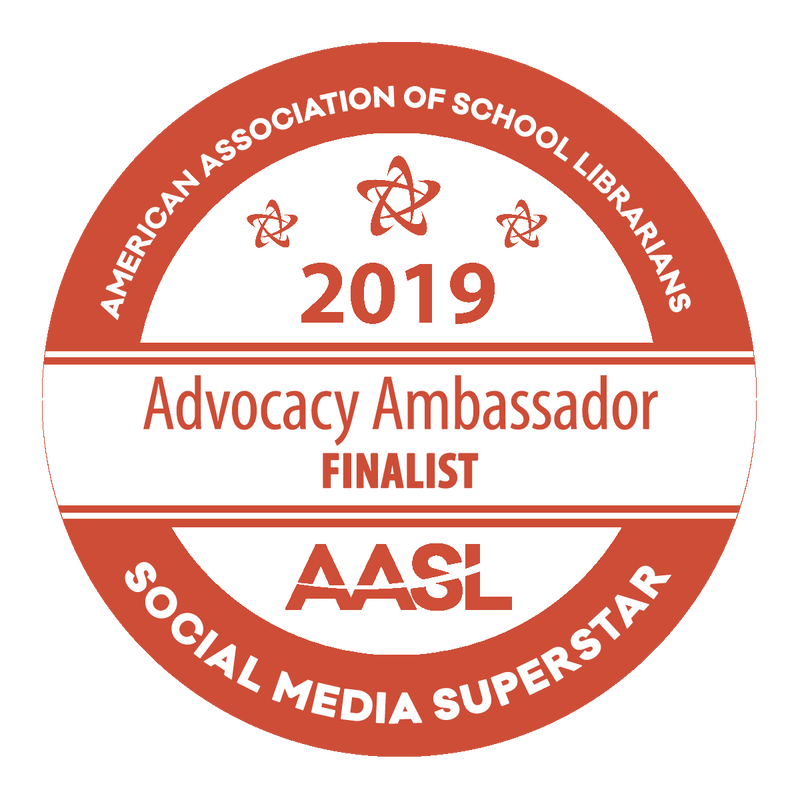
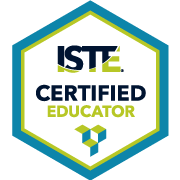
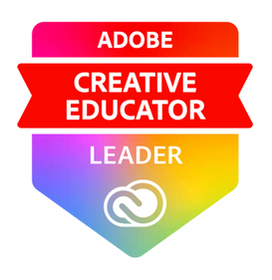

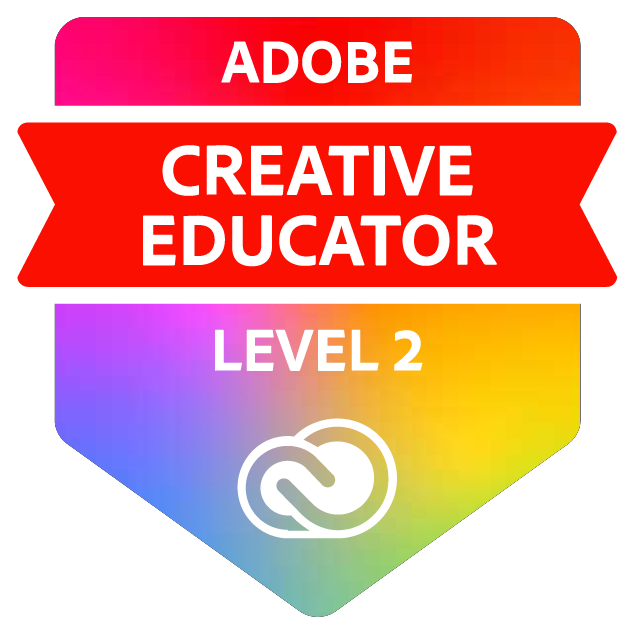
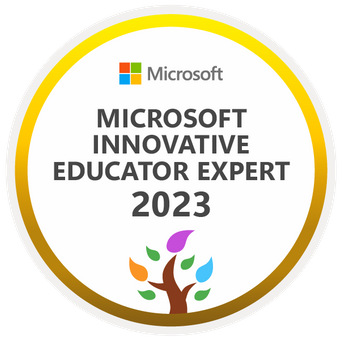
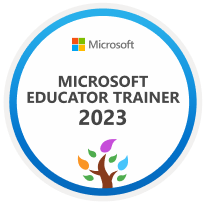
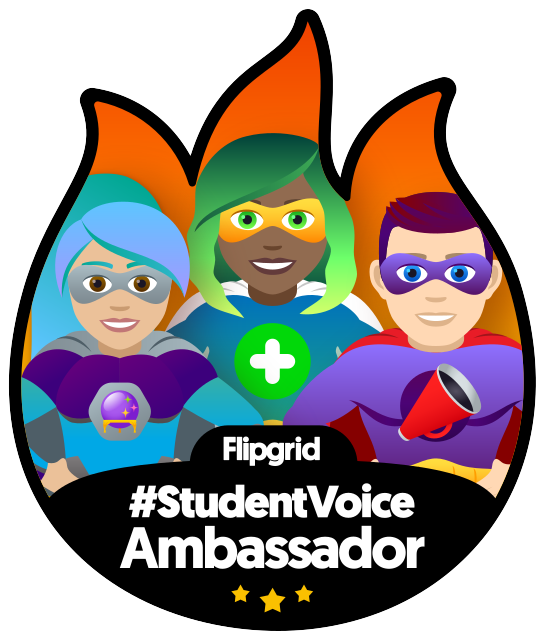
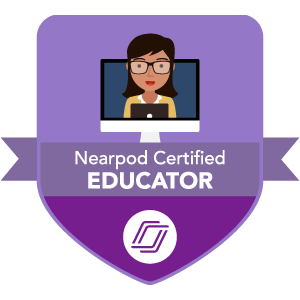
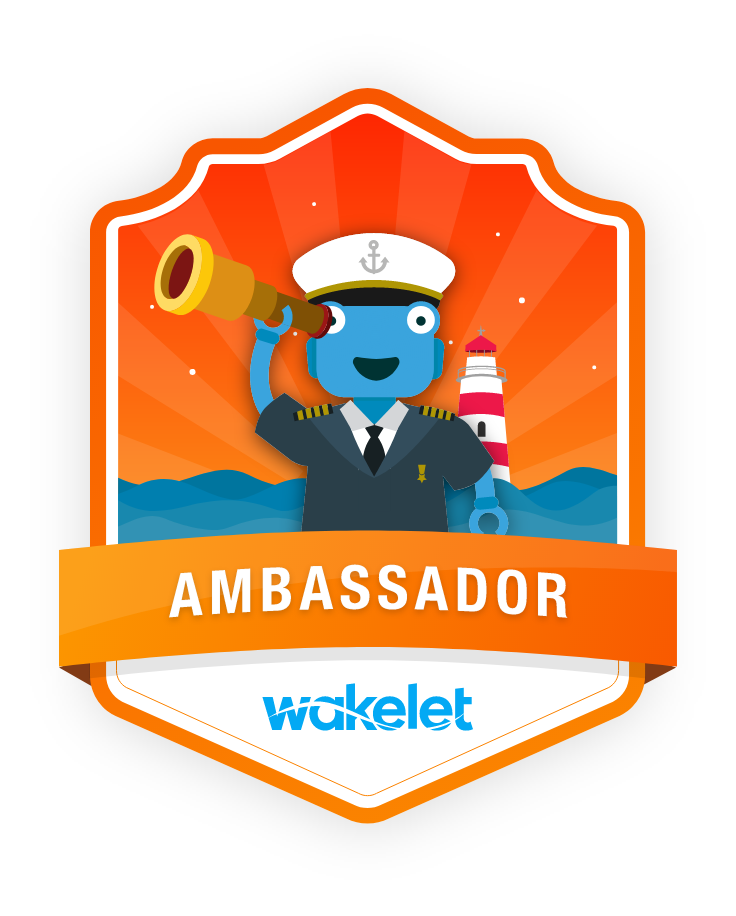
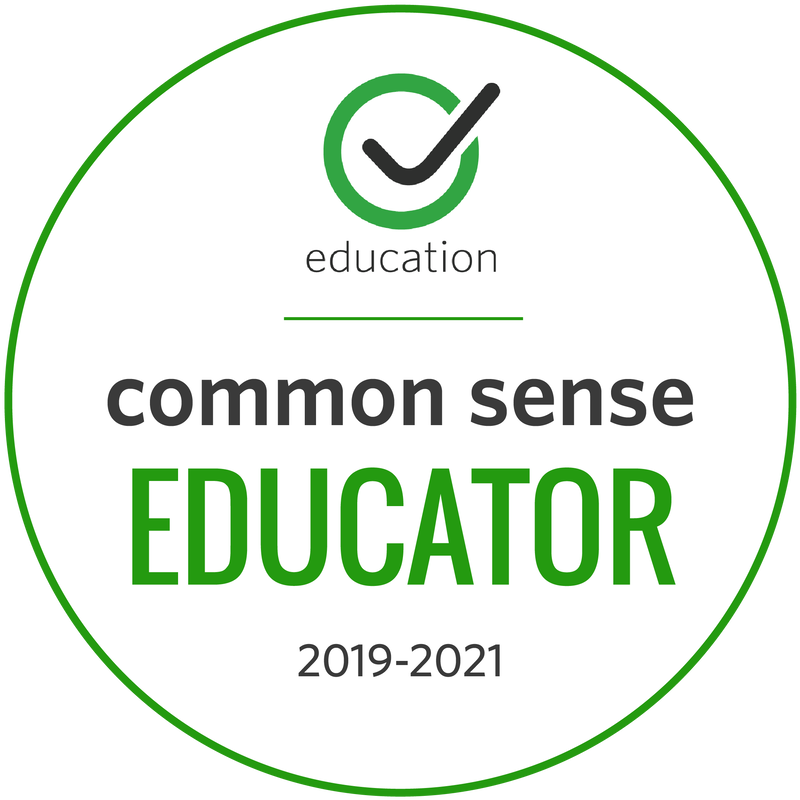
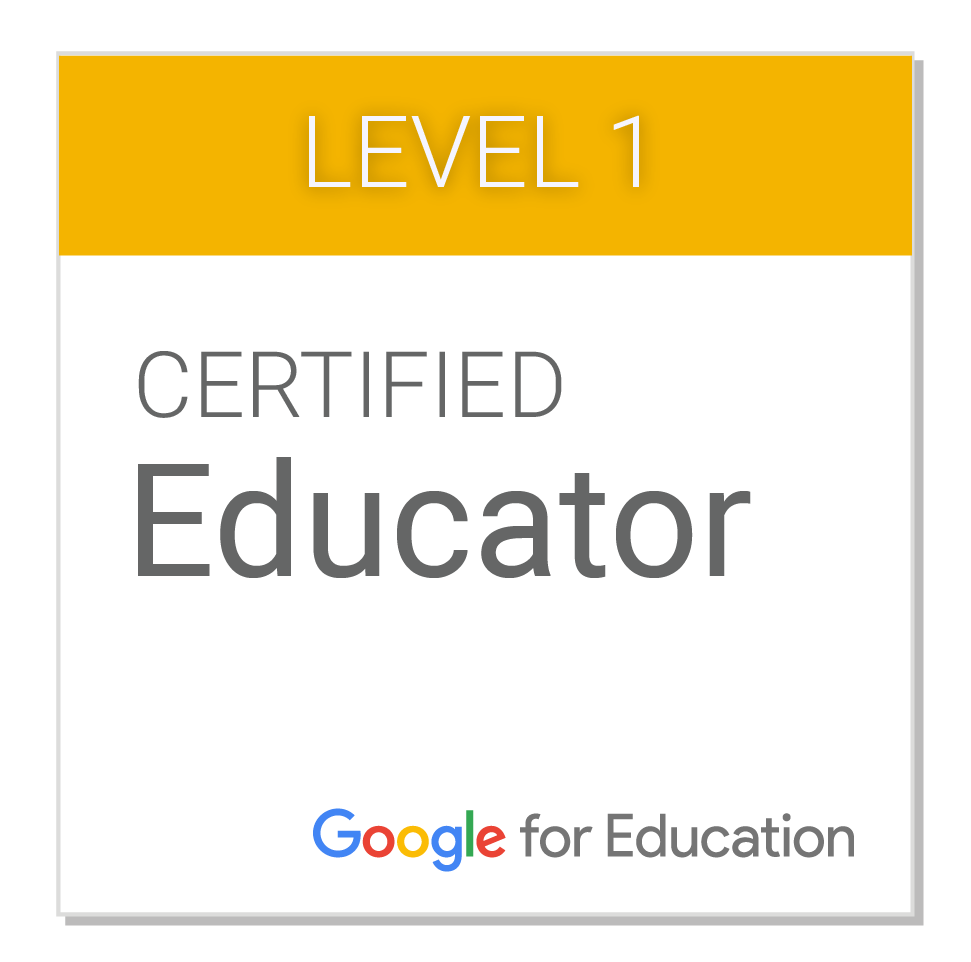
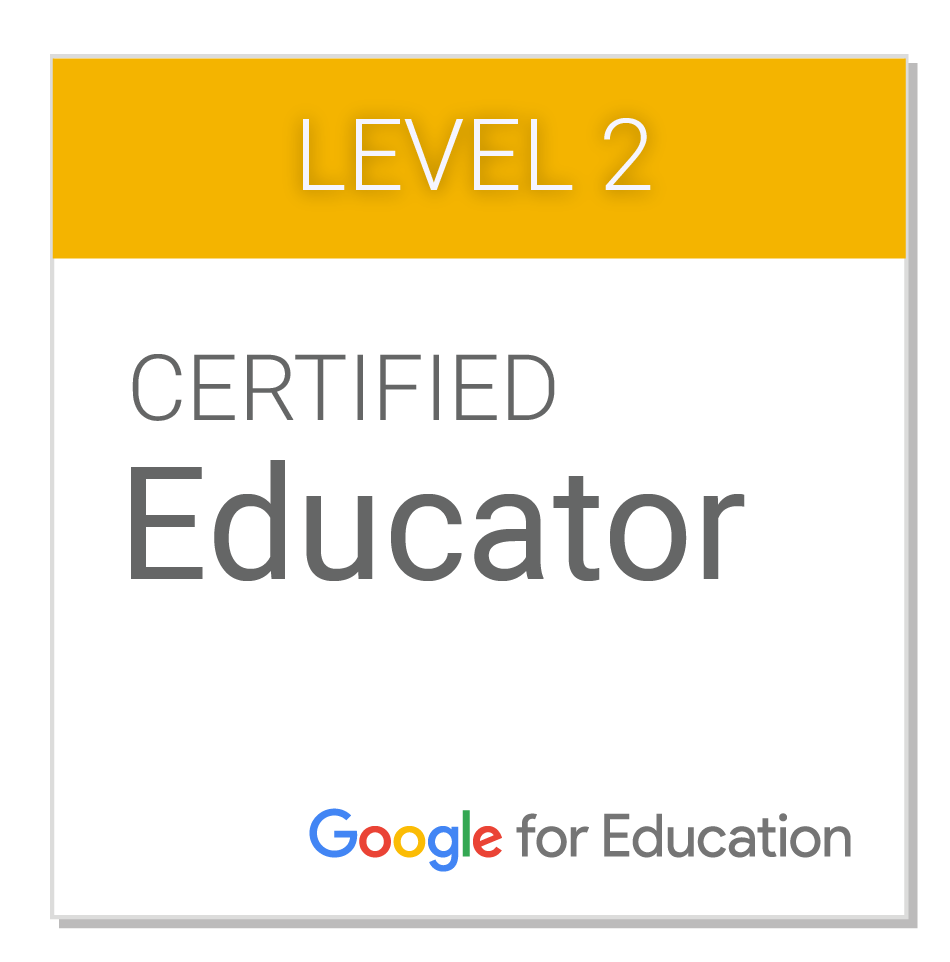
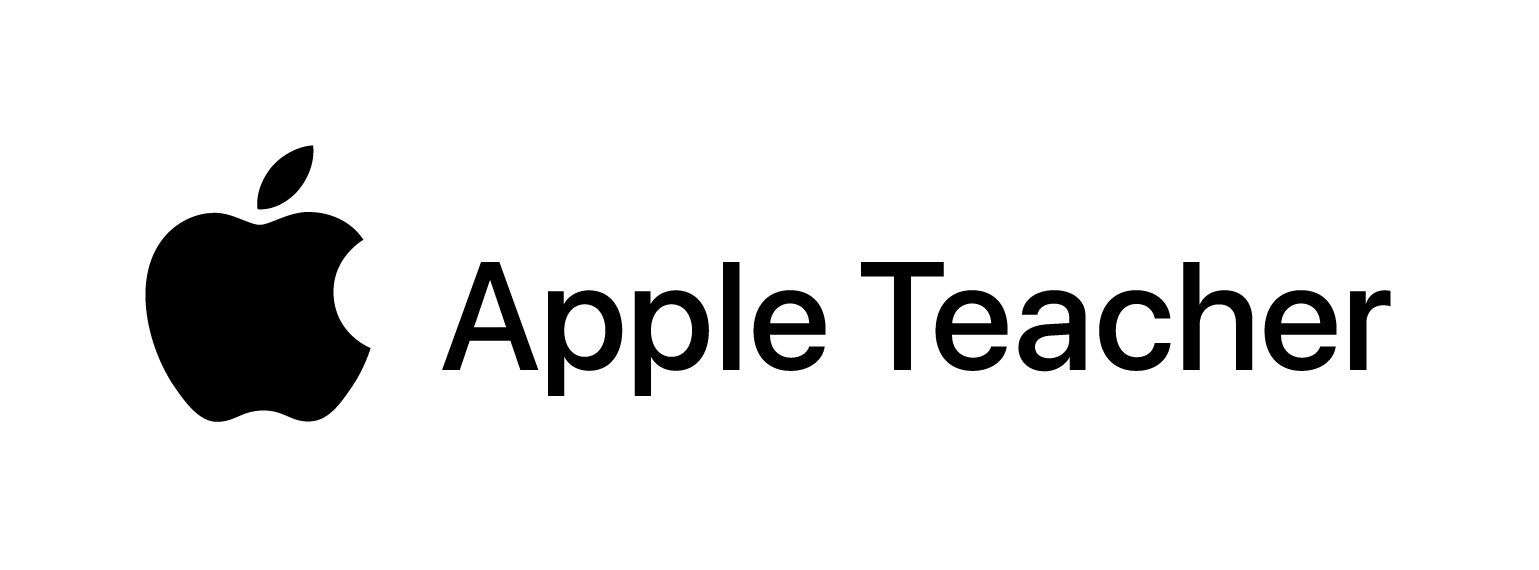
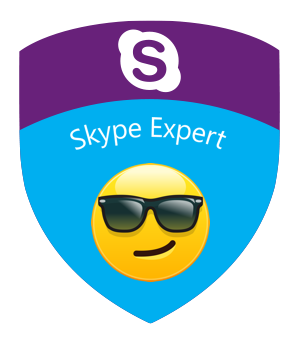
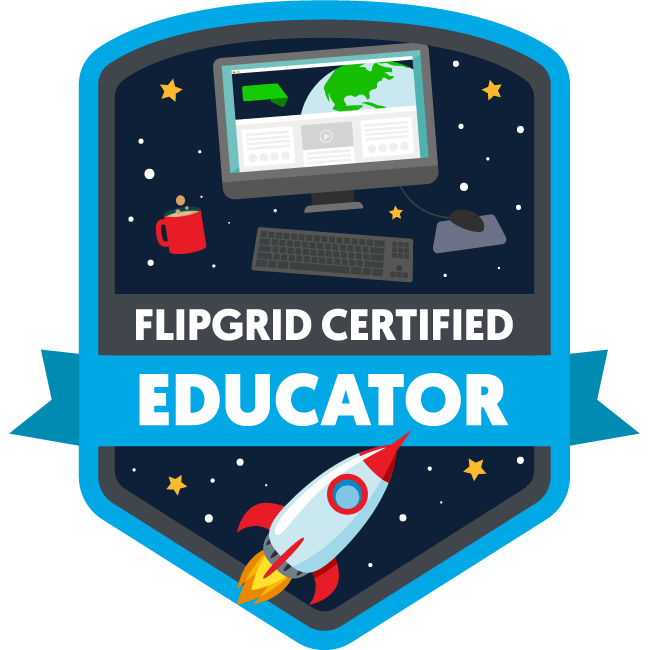
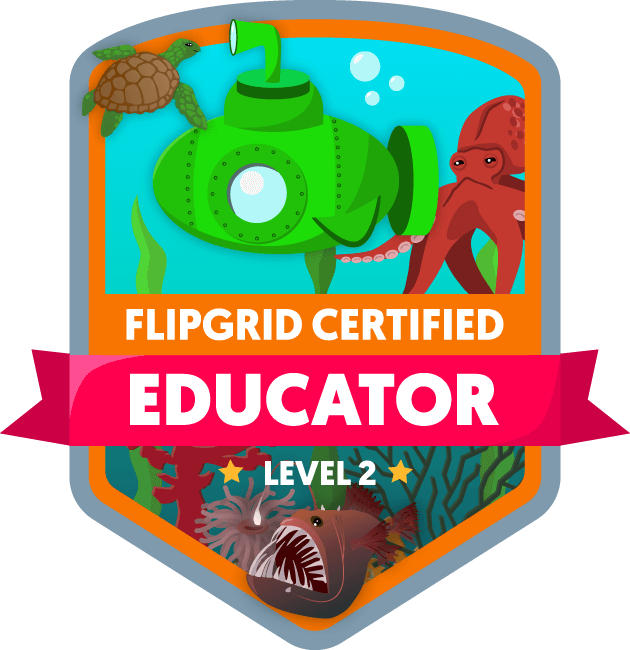
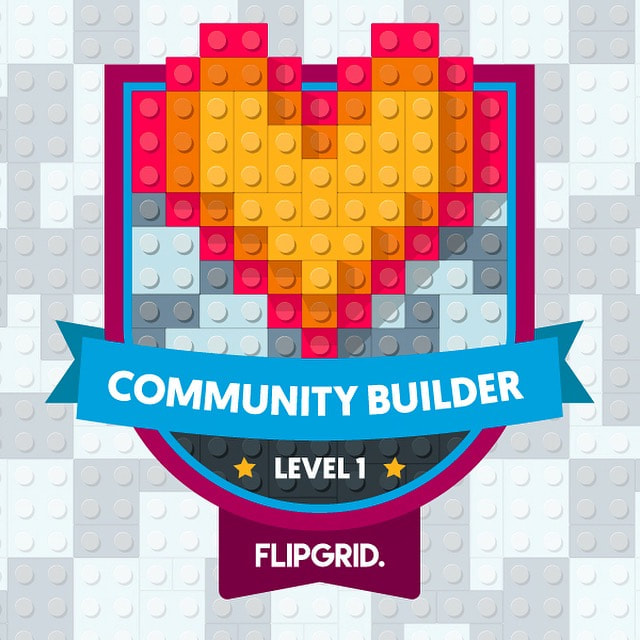
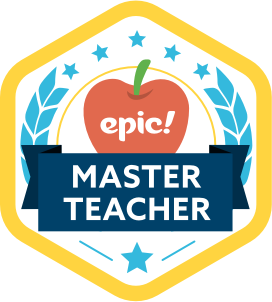
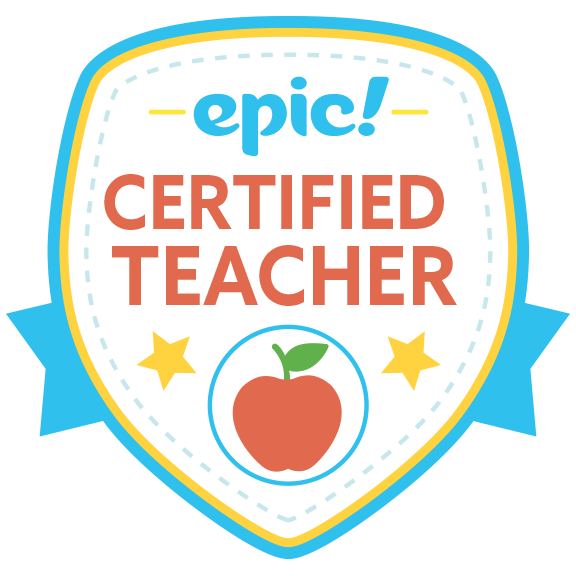
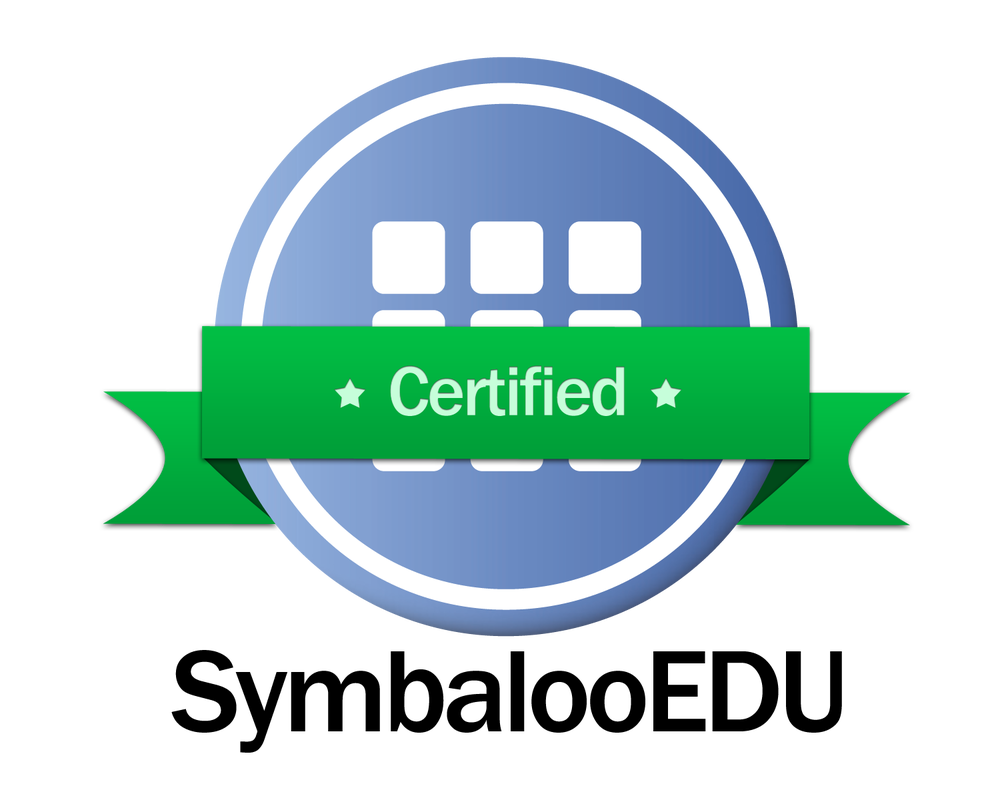
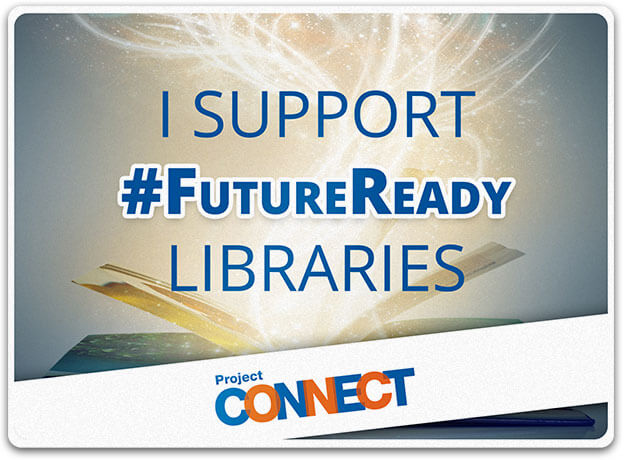
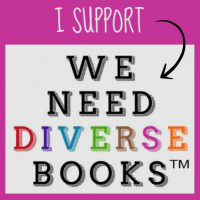


 RSS Feed
RSS Feed